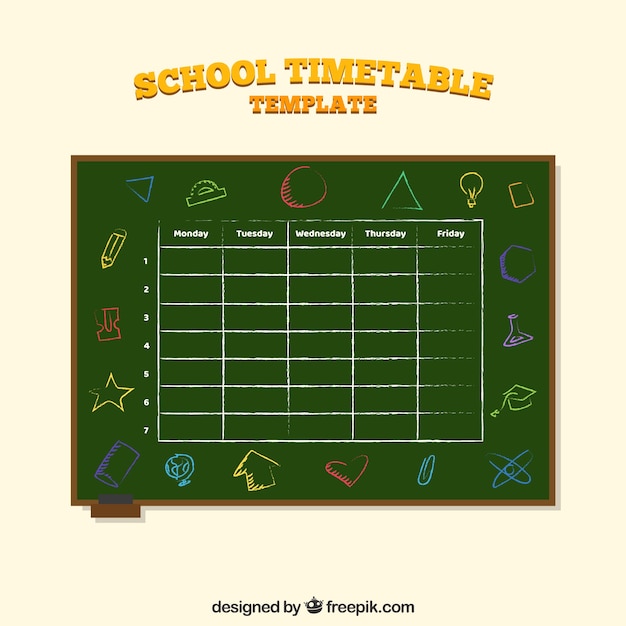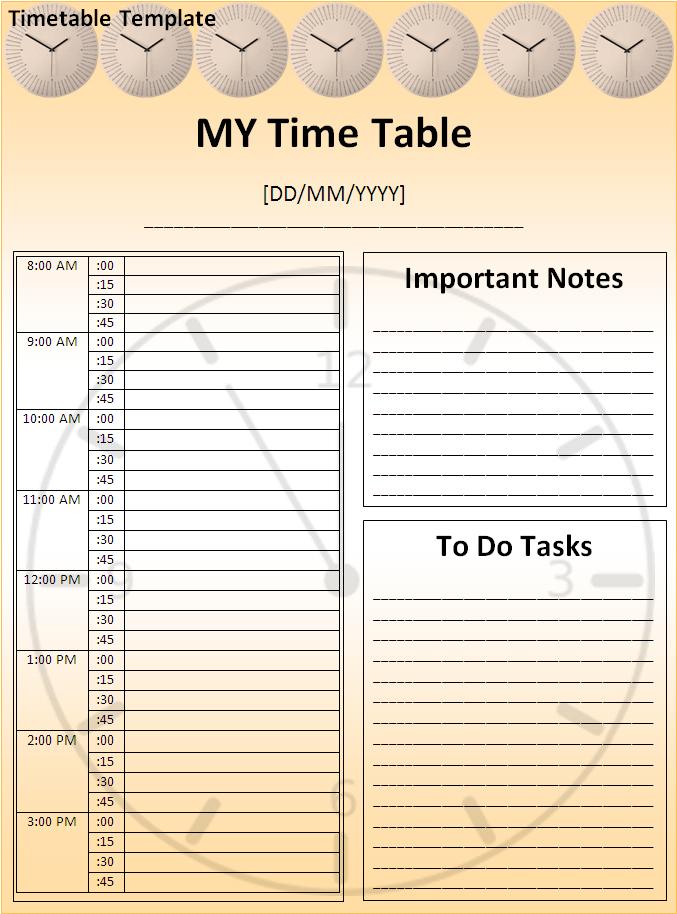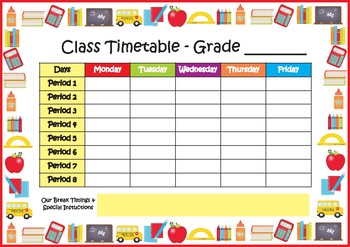
Aim for blocks of study time that are fairly long, such as 2–4 continuous hours. You can also combine paper and digital formats: use your computer to print out a grid that you’ve already added days and times to, then print out as many as you like and fill them out by hand.īlock your study times.

You’ll be able to refer to it without getting distracted by your tech. If you're frequently online or on your phone, a physical paper timetable might be the best option for you.Some apps specialize in study timetables-for instance “My Study Life” helps you record and track all of your exams and assignments.

Or, experiment with some of the templates that your word processor-like MS Word-offers.

There are 14 references cited in this article, which can be found at the bottom of the page. He holds a BA in Psychology from Florida International University and an MA in Education from Georgia Southern University. With over a decade and a half of experience in the education industry, Alexander coaches students to increase their self-awareness and emotional intelligence while achieving skills and the goal of achieving skills and higher education. Alexander Ruiz is an Educational Consultant and the Educational Director of Link Educational Institute, a tutoring business based in Claremont, California that provides customizable educational plans, subject and test prep tutoring, and college application consulting. and by wikiHow staff writer, Madeleine Flamiano.

This article was written by Alexander Ruiz, M.Ed.


 0 kommentar(er)
0 kommentar(er)
